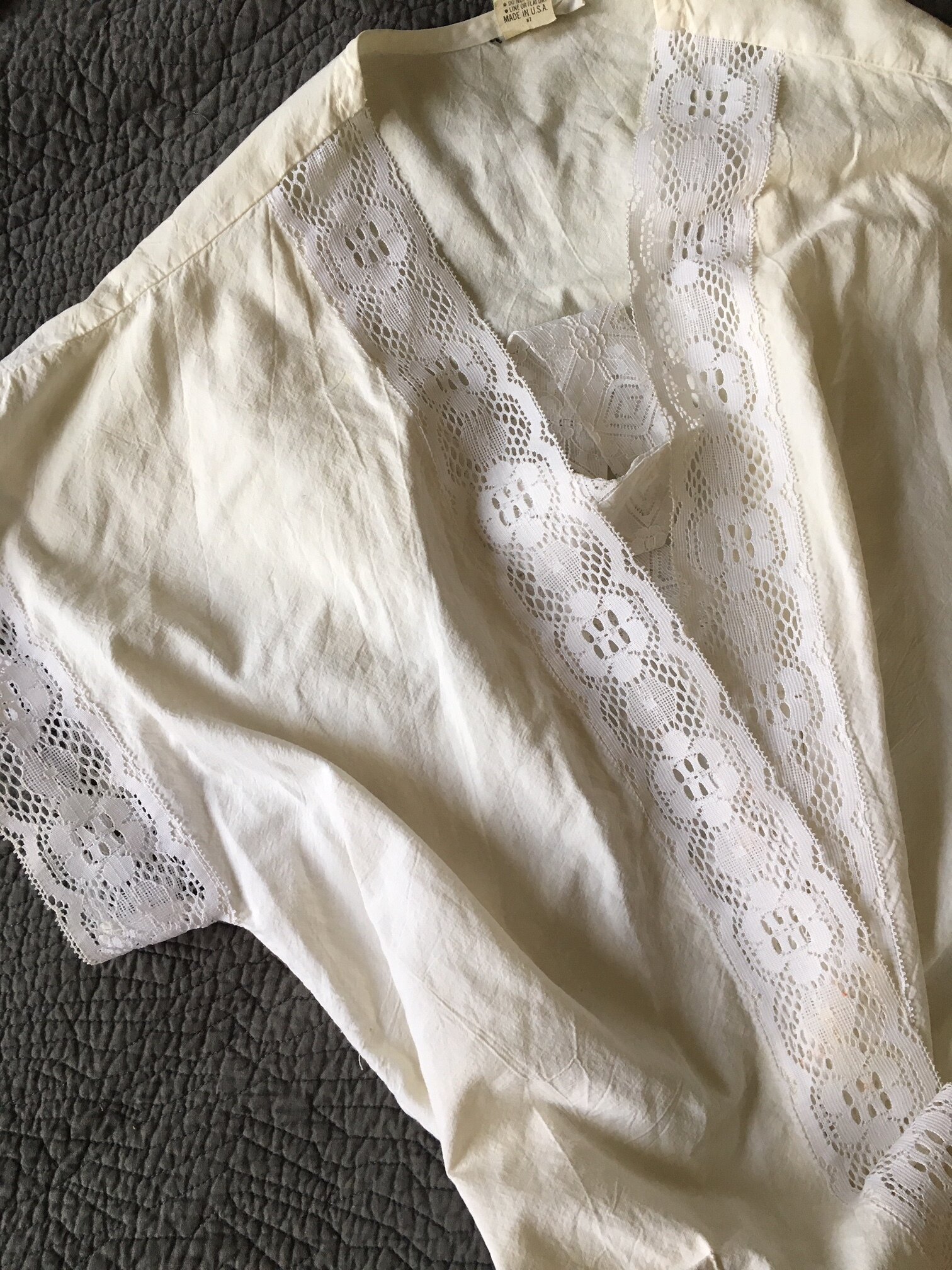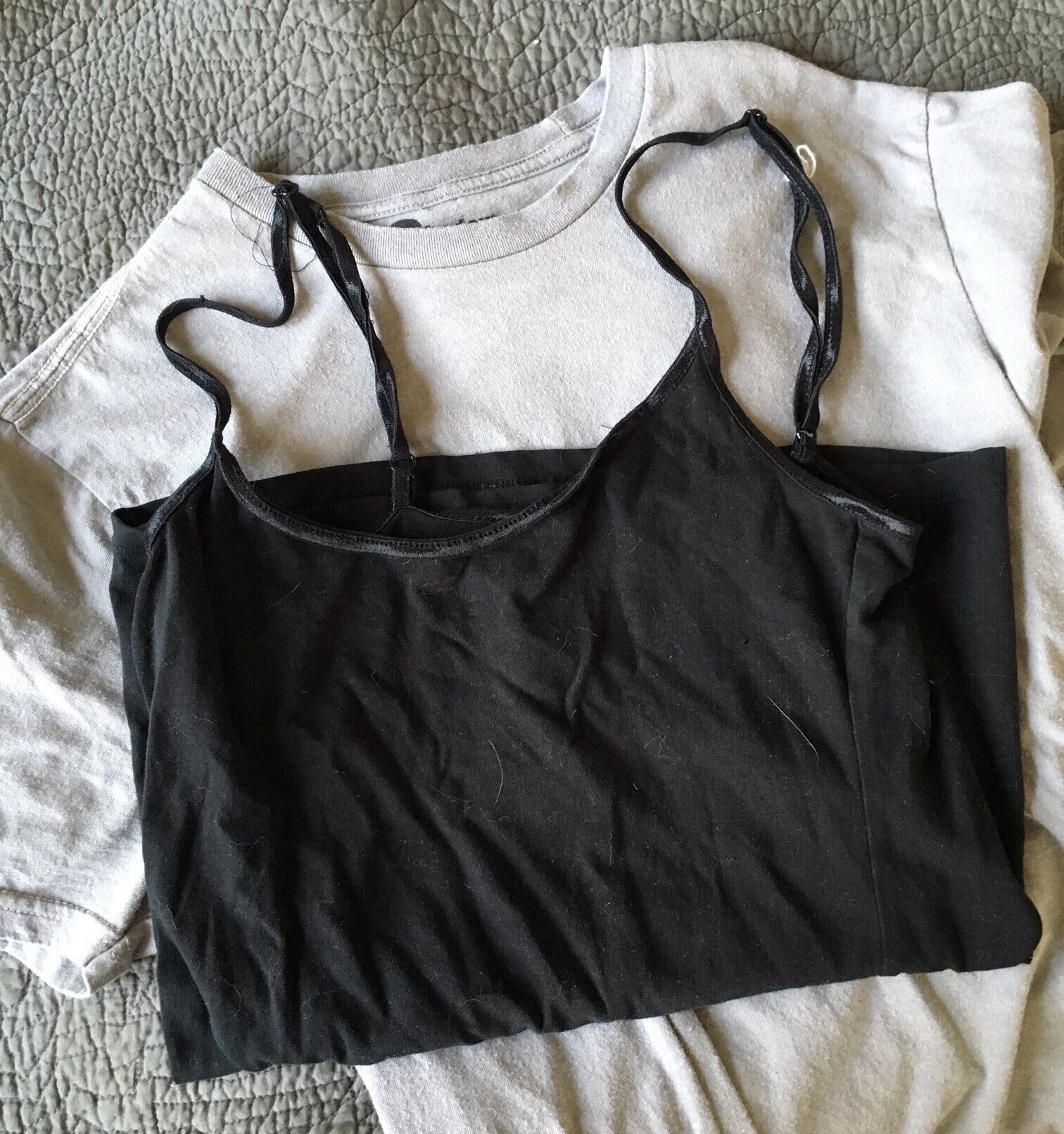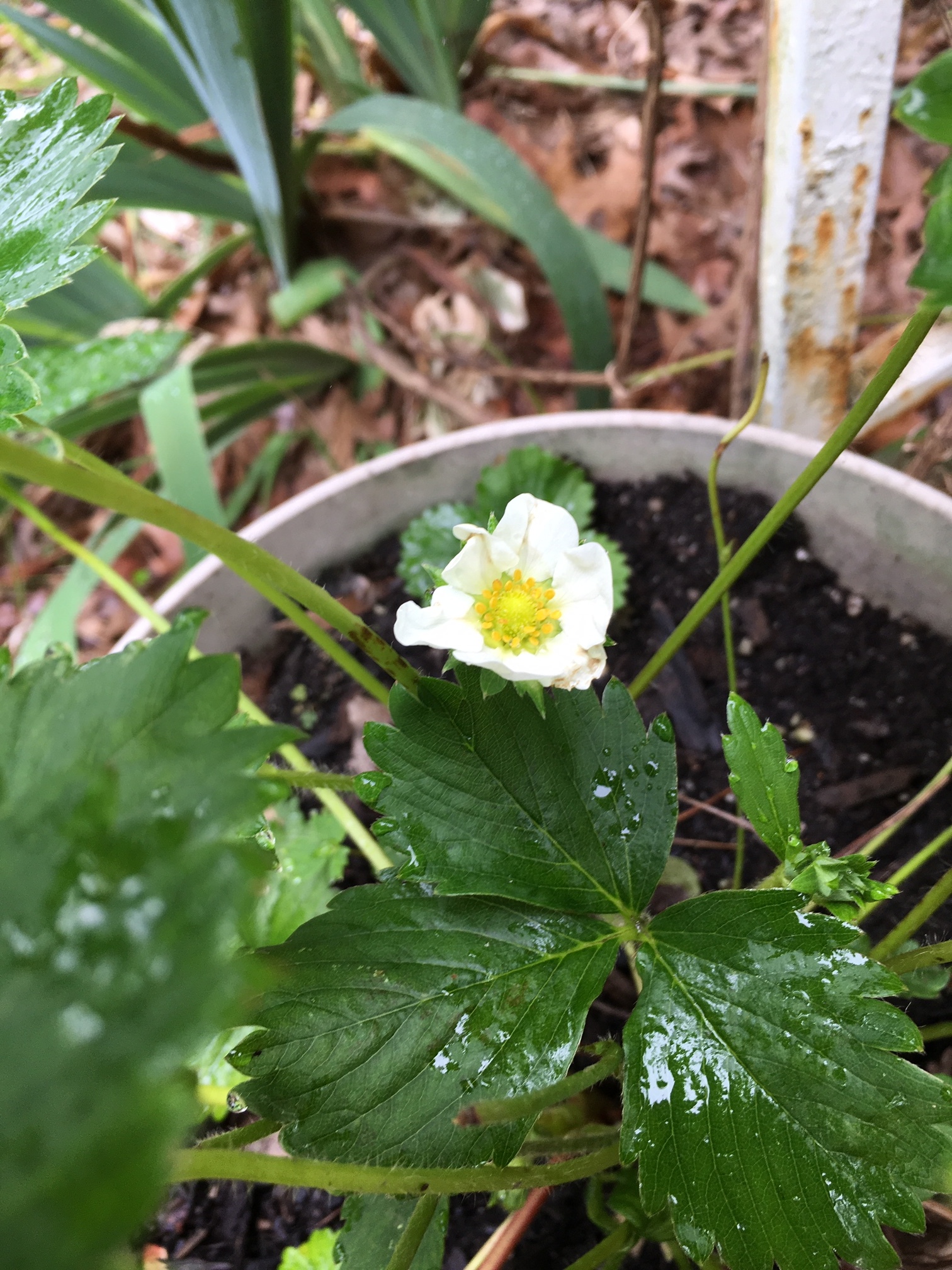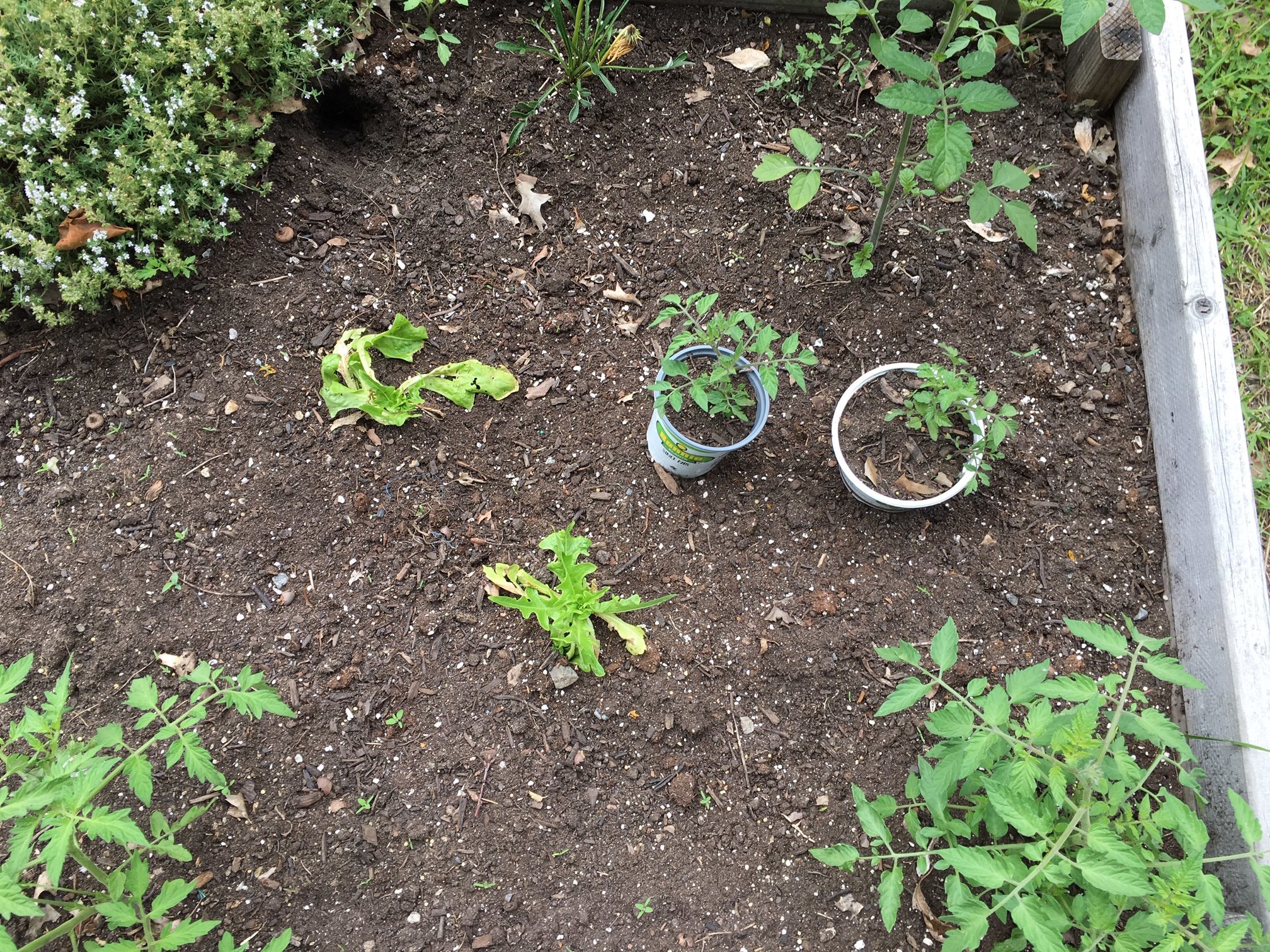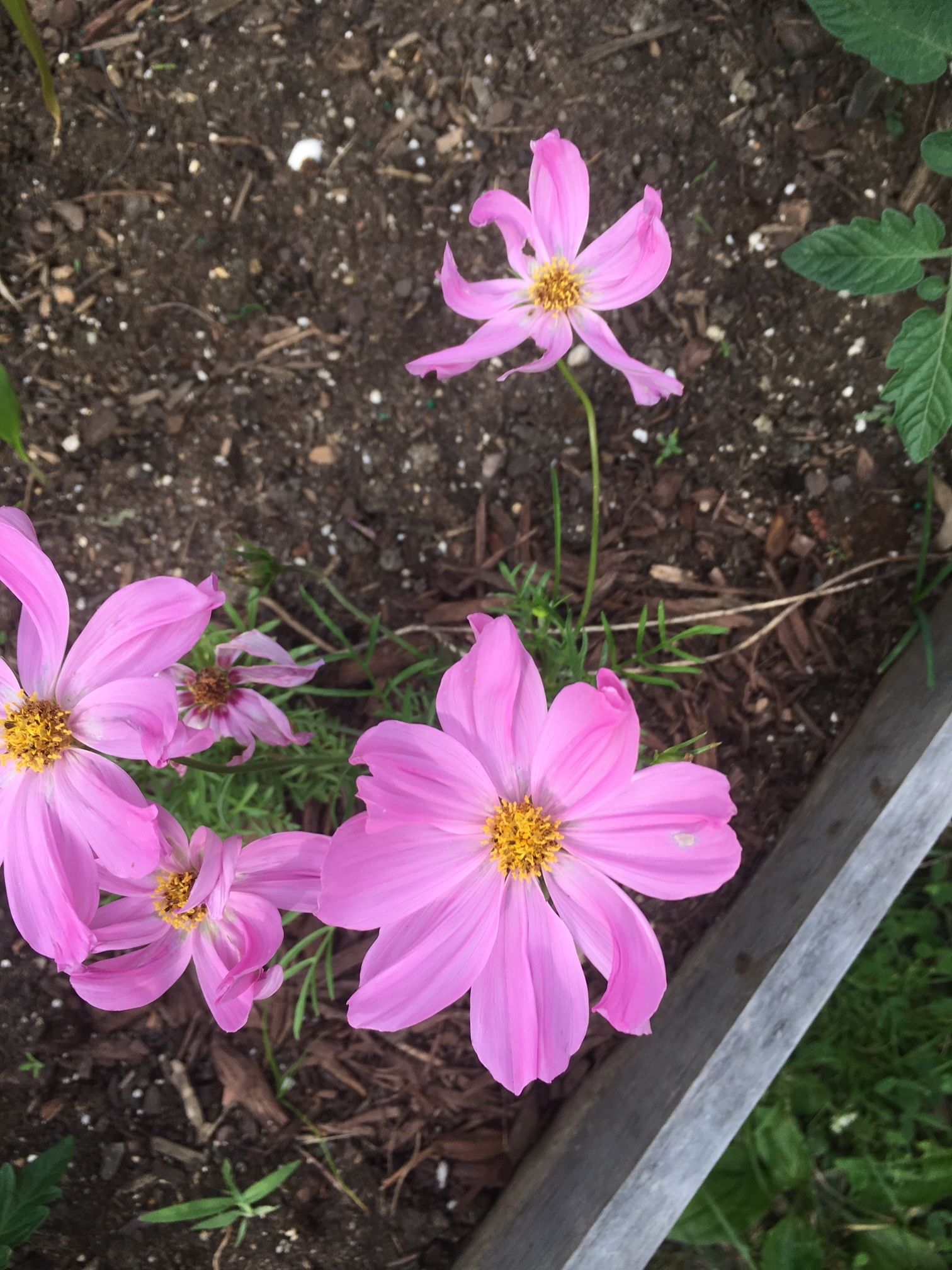In 2017 I started my zero waste journey. Zero Waste is the goal, mindful practice is the action. When I use the term Zero Waste, that is my ultimate goal, but Less Waste would be a more accurate description of my evolving lifestyle.
In 2019 we started a monthly journey towards a more zero waste lifestyle. Each month you can follow along. Here is what we have done so far:
January 2019 - Trash Audit
We separated and looked our trash to see what we are throwing away and what we can reduce.
February 2019- Declutter Everything
We went thru what we have to declutter and reduce.
March 2019- Switch to Paper
This month we moved to paper to get one step closer to reusables.
April 2019- Compost
Composting is an easy way to reduce food waste and prevent it from reaching the landfill.
May 2019- Meatless Monday
One of the best ways to improve the environment is to stop eating factory farmed meat and industrial fish. Small steps lead to big change so this month we gave up meat (or dairy or fish) for at least one day.
June 2019- No Bottled Water
We gave up bottled water as an avenue to give up more disposable plastic in Plastic Free July.
July 2019 - Plastic Free July!
Go plastic free this month!
In late 2019, we continued our journey to becoming more zero waste. The current list has changed a little since the beginning. See the list below to follow our progress:
November - Zero Waste Kit
We created a zero waste kit to help us be more zero waste in our day to day life.
December - No Gifts
We took Dec to give no gifts and get no gifts.
January - Clothing and Fast Fashion
This month we explored what fast fashion is, and how we can stop buying it forever.
February - Mass Transit
March- Bathroom Make-over
April - Grow Your Own Food
As with all the zero waste switches we have made, changing how we get from place to place begins with a mindset shift. We use our cars every day for our every whim and most of don’t think much about it. We create waste and pollution by prioritizing our own convenience. We must change to be mindful of the impact that is incured every time we drive. Once we assess when and why we drive we can formulate ways to change this behavior. This will look different for each person.
Like many of the ways we can reduce waste, we must look at our consumption. The first step is to take a driving audit. When do you use your car most? What are you doing with it? Is there a way to lessen your usage? Are there times that you drive when you could use public transit, take a car pool, or walk? Take note in your phone, or write your findings down.
Mine would look something like this:
9 hours is probably less than many people drive but to me, that seems like a crazy amount!! Since I wrote this off of memory, I will take some time to do an actual audit next and see how my actual driving looks compared. After that, I will see where I can cut down.
Once we know why and how much we are driving we can see where we can cut down. Perhaps you can carpool to work or take mass transit, cut your shopping trips down to once a week, or take one day per week to not use your car at all. The more you think about your car use, the more you will be aware and mindful of when you can reduce your usage.
Like all our swaps, getting out of the habit of using your car won’t happen all at once. We can take small steps that will lead to a big change. Try using public transit a few times a month to start or work from home if possible. Coordinate with family and friends who live near by for grocery shopping. Set up days where you can walk instead of take the car. Each little step will help us pare down to what is essential and important, even if we cannot eliminate using the car completely.
Hopefully by reducing our car usage, we will see an improvement on our impact on the environment, on the waste we create, but also on our the enrichment of our lives. Living a more local and less far flung lifestyle, more slow and mindful lifestyle, might have a great effect on our communities and our lives.
**Editor’s note: Because of an unexpected blog break in February, this article is quite late. We apologize for any confusion. Keep a look out for March’s 6 More Months of Zero Waste coming soon.




















